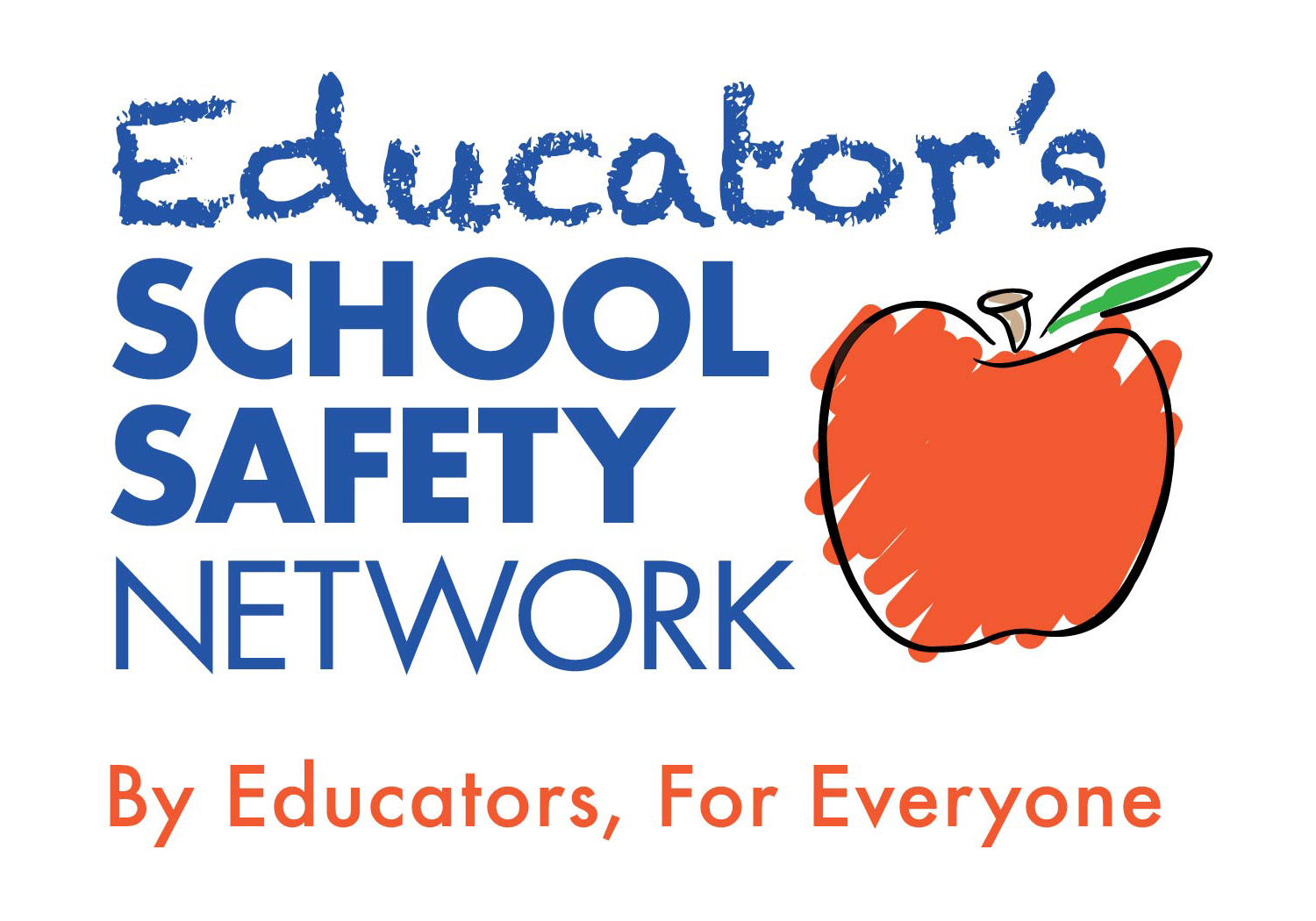Swatting incidents in American Schools - 2022-2023 School Year
According to our research, The most frequent violent incident in the 2022-2023 school year was a false report of an active shooter (Swatting).
In the 2022-2023 school year, 63.8% of all violent incidents were false reports of an active shooter within the school (i.e. swatting) while 7.9% of all violent events were actual shootings at a school. It is critical to understand that these events, while ultimately determined to be false, necessitate an immediate, intensive response from both law enforcement and the school community. In other words, schools and law enforcement responded as though they were in a life or death situation. Only later was it determined there was no shooter, and that the incident was a false report. In the heat of the moment, students and staff believed and took action as if their lives were in jeopardy.
Investigations and anecdotal evidence suggests that the majority of these false reports were deliberate attacks on a school. Numerous swatting events often took place simultaneously over a targeted region, typically originating from individuals outside the school community.
There were more than 446 false reports comprising 63.8% of all the violent incidents that took place in the 2022-2023 school year.
While false reports were the most common event in the 2018-2019 school year (with 69 incidents accounting for 18.4% of all incidents) this year’s total of 446 events is a 546% increase from 2018-2019.
Because of the frequency and scope of swatting incidents, media reporting tended to be consolidated by region or area, not by specific school district. As a result, it is highly likely that the actual number of schools impacted by swatting incidents is significantly higher than what can be reported here.
One compelling explanation as to why swatting or false reports were frequent and effective centers on the manner in which these attacks weaponize both perceptions and visceral fears related to violence in schools. The underlying belief that schools are unsafe, and the specific fear of an active shooter are rooted in the bitter reality that while rare, school shootings do occur in the United States with unacceptable frequency and devastating consequences.
In our last report for the 2018-2019 school year, we reported that “Commonly held beliefs, parent and student fears, and the prevailing media narrative all say that the most likely threat a school faces is that of an active shooter. Although such events are horrific, data indicates these tragedies are exceedingly rare.” While this is still true in the 2022-2023 school year, unfortunately a false report of an active shooter that required an immediate, typically traumatizing response, is far and away the most common incident that schools had to face.
2023 - 2024 Swatting Live Tracker
Our research indicates more than 63% of all the violent incidents that occurred in schools this year were deliberately false reports of an active shooter, more typically known as “swatting”.
This alarming trend has increased dramatically and shows no sign of slowing.
While these swatting incidents may be considered “just a threat”, in reality they have a significant impact by traumatizing students and staff, consuming emergency response resources, robbing students of instructional time, and undermining the perception of safety and security required for a school to function effectively.
The vast majority of swatting events are perpetrated by individuals or groups outside of the school itself, often outside of the country. Accountability is difficult as the perpetrators frequently are not caught. Schools seem to be at the mercy of anonymous actors who prey on our fear of an active shooting event. But it doesn’t have to be this way.
School leaders must be proactive in planning and preparing for crisis events, both real and fabricated, and make sure that all school stakeholders have the necessary knowledge, training, and skills to appropriately respond to real or threatened violence. An educator’s most important responsibility is to protect the children in their care from violence - both real and threatened.
The traumatic impact of swatting incidents can be mitigated when the school is ready and able to effectively respond. Currently the question is not IF a swatting incident might occur in your school, but rather WHEN.



